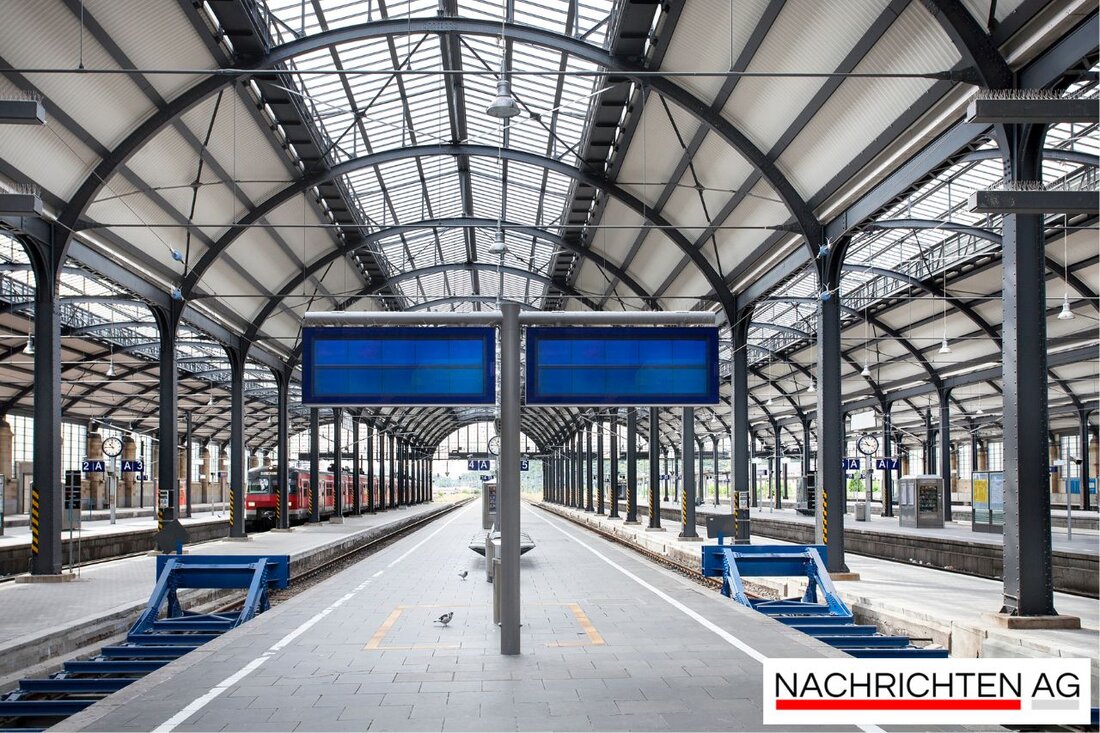Students shape the future: train station project shift change in Berlin!
Two HSBI architecture students receive the Schinkel Special Prize for innovative installations at Berlin Südkreuz train station.

Students shape the future: train station project shift change in Berlin!
What's happening in the world of architecture? Two talented students from Bielefeld University, Minden Campus, win the Schinkel Special Prize in the “Free Art” category with their creative concept “Shift Change”. Lea Kloss and Anne-Marie Fink show how innovative design can help transform Berlin Südkreuz station into a more attractive and lively transport hub. This award was presented as part of the renowned Schinkel Prize and is an expression of appreciation for the artistic engagement with urban spaces.
The two bachelor students were under the supervision of Prof. Bettina Georg, who is in charge of the “Free Design” module. Within just three weeks, they developed a concept that not only increases the visual appeal of the station, but also highlights the historical and social dimensions of the place. The project refers to the industrialization of the 19th century and the opening of the first ring railway in 1871.
The ideas behind “shift change”
The concept includes several impressive installations that will be located along the station area. This includes the projection of the film “Metropolis” by Fritz Lang at Platz Süd to awaken memories of the industrial past. To the east of the station, passers-by will be greeted by a six-meter-high, curved sculpture made of recycled steel, which symbolizes the labor movement. The idea is to set creative accents in four important places in the area and to open public space to all citizens.
“You have to give the space back,” it was said about the project’s objectives. QR codes on information boards are intended to provide digital information about the installations and actively involve visitors. The jury praised the work of the two students for their diverse approach and their intensive examination of the specific features of the station. This shows that architecture and urban development can create a lively dialogue between the past and the present.
The influence of architecture on social structures
Over the last three decades, architecture has become more important in society. Architects and urban planners are required to not only create aesthetic values, but also to take into account the social structures within urban spaces. As the examples of Kloss and Fink show, architecture can contribute to inclusion or, in its absence, lead to exclusion. In a time of change, dealing with urban spaces is essential for social interaction. Globalization, technological advances and demographic changes bring with them new challenges that the students at Bielefeld University are also taking on.
The plans for Berlin Südkreuz train station are therefore more than a draft. They are a step towards a more vibrant and inclusive urban culture. This is particularly important because train stations are places where different social classes meet. This is an opportunity to use architecture as a medium for openness and community.
The creative work of Lea Kloss and Anne-Marie Fink exemplifies a new generation of architects who, with a good knack for social issues and a deep understanding of their influence on public life, develop ideas, shape the future and invite us all to actively shape urban space.
Details about the winning works and the award ceremonies are below IDW Online and Architecture sheet to read. Additional information on the general development of architecture can be found in the Federal Agency for Civic Education.

 Suche
Suche